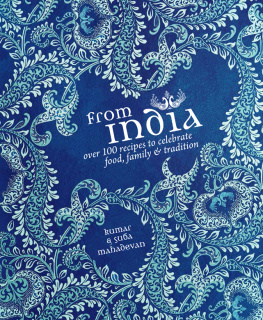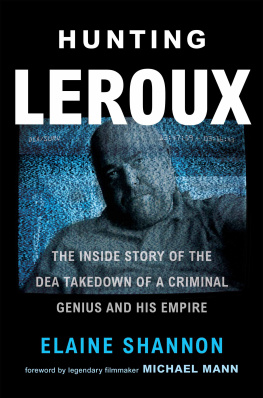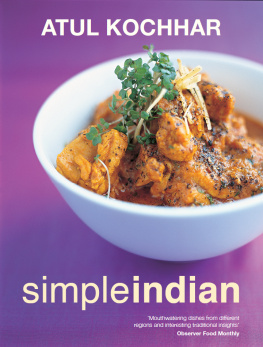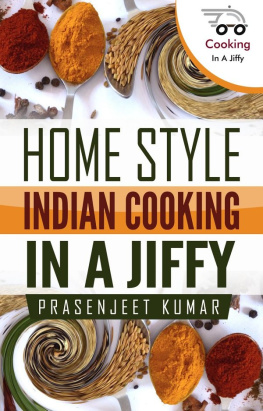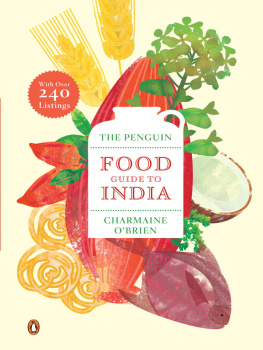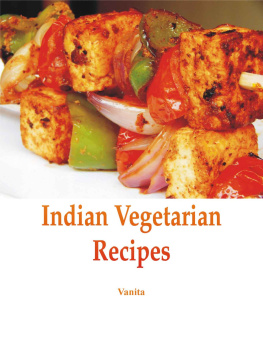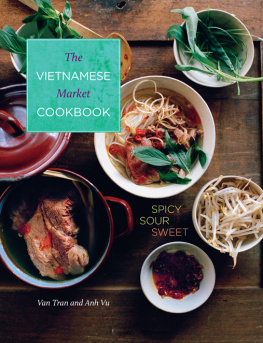 | Thunder Bay Press
An imprint of Printers Row Publishing Group
10350 Barnes Canyon Road, Suite 100, San Diego, CA 92121
www.thunderbaybooks.com |
First published in 2013 by Murdoch Books, an imprint of Allen & Unwin
This edition published in 2015 by Thunder Bay Press
Text Kumar and Suba Mahadevan 2013
Additional text Simon Thomsen 2013
The moral right of the authors has been asserted.
Design Murdoch Books 2013
Photography Mark Roper 2013
All rights reserved. No part of this publication may be reproduced, distributed, or transmitted in any form or by any means, including photocopying, recording, or other electronic or mechanical methods, without the prior written permission of the publisher, except in the case of brief quotations embodied in critical reviews and certain other noncommercial uses permitted by copyright law.
Thunder Bay Press is an imprint of Printers Row Publishing Group, a division of Readerlink Distribution Services, LLC. The Thunder Bay Press name and logo are trademarks of Readerlink Distribution Services, LLC.
All notations of errors or omissions should be addressed to Thunder Bay Press, Editorial Department, at the above address. All other correspondence (author inquiries, permissions) concerning the content of this book should be addressed to:
Murdoch Books Australia
83 Alexander Street
Crows Nest, NSW 2065
Australia
murdochbooks.com.au
Murdoch Books UK
Erico House, 6th Floor
9399 Upper Richmond Road
Putney, London SW15 2TG
murdochbooks.co.uk
For Thunder Bay:
Publisher: Peter Norton
Publishing Team: Lori Asbury, Ana Parker, Laura Vignale
Editorial Team: JoAnn Padgett, Melinda Allman, Traci Douglas
Production Team: Blake Mitchum, Rusty von Dyl
The Publisher and stylist would like to thank Ruby Star Traders for lending their unique Indian homewares and textiles for photography.
eISBN: 978-1-62686-623-2
Ebook edition: October 2015
IMPORTANT: Those who might be at risk from the effects of salmonella poisoning (the elderly, pregnant women, young children, and those suffering from immune deficiency diseases) should consult their doctor with any concerns about raw eggs.
OVEN GUIDE: You may find cooking times vary depending on the oven you are using. For convection ovens, as a general rule, set the oven temperature to 35F (20C) lower than indicated in the recipe.
We have used 20 ml (4 teaspoon) tablespoon measures. If you are using a 15 ml (3 teaspoon) tablespoon add an extra teaspoon of the ingredient for each tablespoon specified.
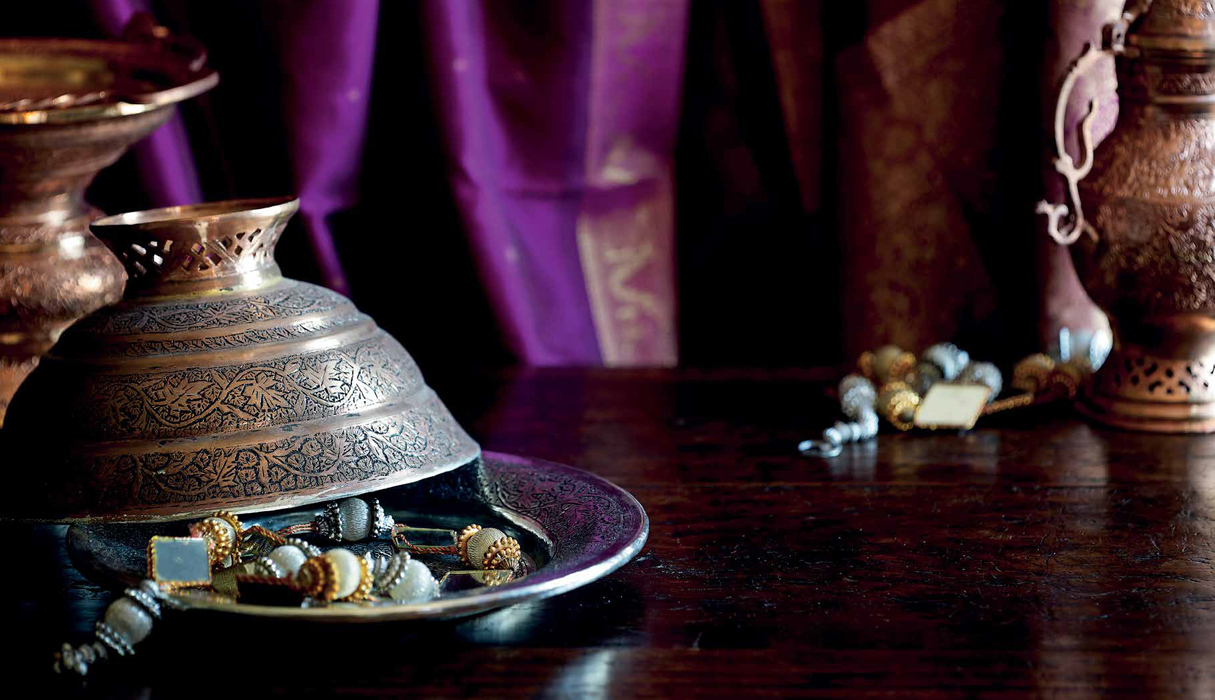
This book is dedicated to my family, who are the strength and pillars of my life: my Patti grandmother, who lay the foundation for my culinary journey; my amma for pampering my palate; my appa for all his guidance and support; my better half, the beautiful Suba, for encouraging me, being a part of my life and having patience, and your tireless efforts in researching for this book, traveling with me to the corners of India, and for braving all the meat and seafood prep despite being a strict vegetarian. And our sons: Abhinav and Akilesh, for sweetening our lives and for assisting us at Abhis and Akis.
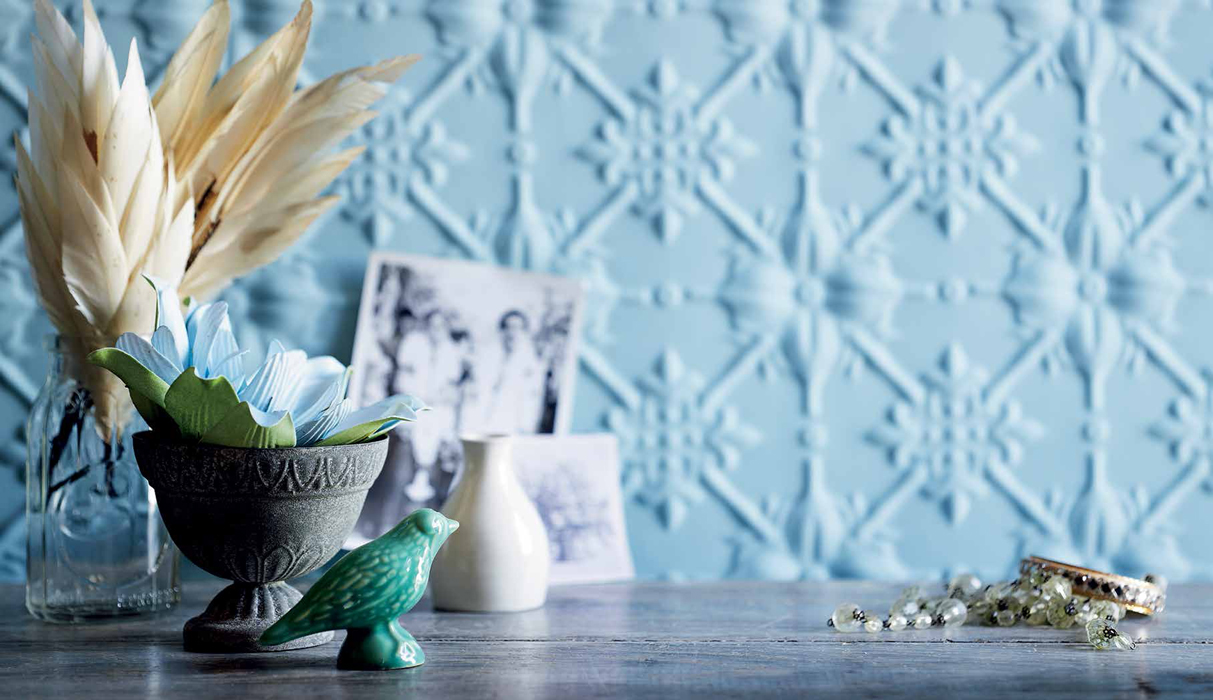
contents

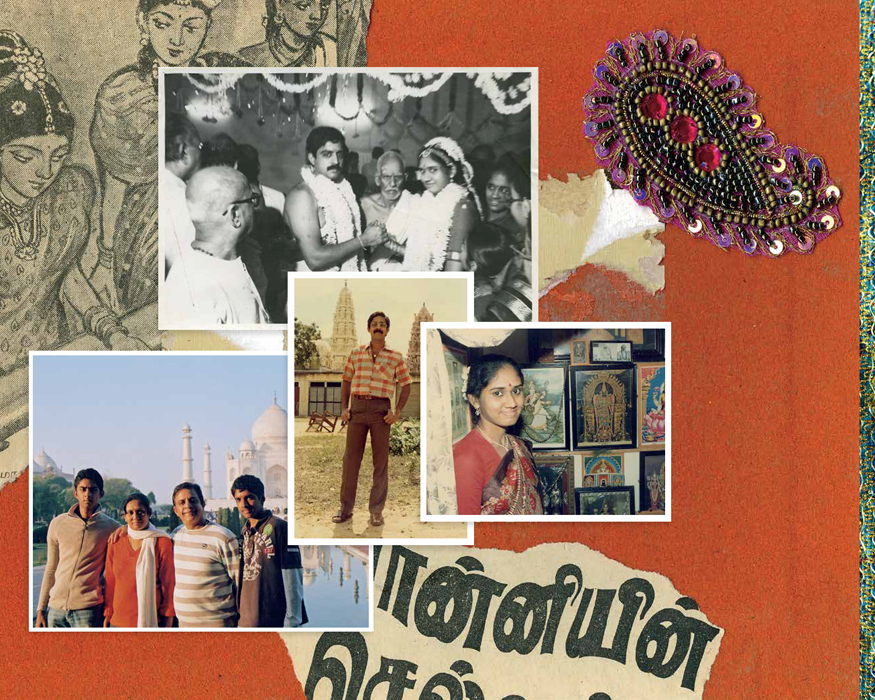
In 1994, Australia was well on the way to becoming one of the great food nations. Restauranteurs, including Gilbert Lau and Stephanie Alexander in Melbourne, and Janni Kyritsis, Tony Bilson, Neil Perry, and Tetsuya Wakuda in Sydney, were leading the charge.
I was the food critic for the Sydney Morning Herald, sharing the role with Helen Greenwood. The Mod OzFrench style was well established, and I made it my mission to search Sydney for great ethnic restaurants. Gilbert Laus Flower Drum had shown us how good Cantonese cuisine can be, with stunningly good Australian produce combined with authentic Chinese techniques; Tetsuya was inventing his own modern Japanese/French hybrid cuisine to worldwide acclaim, but the other great ethnic cuisine, Indian, was a mess. I encountered fire-engine-red kebabs, cardboard-dry tandoori chicken, searingly hot vindaloos, soggy breads, and curries with boring, singular tastes. Under all the bad spicing lurked indifferent ingredients. This was an insult to a great cuisine. In London, Bombay Brasserie and The Red Fort had proven Indian cuisine had a place at the very top, so what was wrong with Australia, where Indian equaled takeaway, or something cheap and nasty?
I stumbled into Abhis for a quick lunch on my way from a business meeting. It looked like any other suburban Indian restaurant, and my expectations were not high. It was a true revelation. The kebabs were not red, the tandoori chicken oozed with juices and flavor, tandoori lamb chops were clearly superior cuts, the curries had an incredible array of complex, fresh tastes, and the breads were perfect. This was great traditional Indian food, cooked with proper technique and passion. I was back the next night, which ended with Kumar proudly showing me his spice-grinding machine with which he made his own masalas every day.
I soon published a review, with the headline The Search is Over. Sydney finally had a great Indian restaurant. People flocked to Abhis. Many restaurants have such a crush of diners after a favorable review and then sink into obscurity, but Kumar welcomed the new diners, became their friends, introduced them to the complexities of Indian food, and went on to open Akis.
Kumar at first wanted to take traditional Indian food more upmarket at Akis, but I suggested he do something different. Show us the new Indian cuisine, show us the regional specialities, give us dishes weve never heard of, I urged. Kumar promised to serve the same food that was eaten at the best tables in Mumbai. Having been to India with Kumar, I believe he has done better. Kumar has simply invented his own style of Indian cuisine based on classic Indian technique, but with a wonderful Aussie accent thanks to our great produce and Kumars unending passion to be the best.
Kumar and Suba are totally dedicated to their restaurants, and Im sure we will continue to be surprised. For them, the search is not over.
Les Luxford



